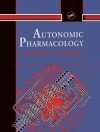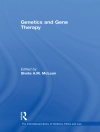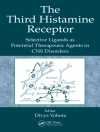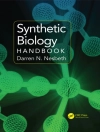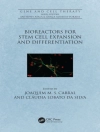This volume focuses on the role of sphingosine-1-phosphate (S1P) and its analogs in the induced sequestration of lymphocytes in secondary lymphoid organs or in the microenvironment of tissues involved in infection or autoimmune disease. Initial chapters define the pathways to understand S1P signaling. They cover the organization of signaling systems, the structural biology of the S1P1 receptor, and the chemical and genetic tools that are available and useful to explore this area of research and therapeutics. The later chapters highlight S1P and endothelial integrity, lymphocyte migration in the spleen, and S1P agonist in controlling immunopathologic manifestations of acute respiratory influenza virus infection (in the lung), and its accompanying cytokine storm as well as immunopathologic disease of the central nervous system, including the beginning of treatments in multiple sclerosis. One chapter reveals the possible involvement of other lipid molecules, their use for better understanding lipid signaling, and their potential in the modulation of immune responses.
قائمة المحتويات
The organization of the sphingosine-1-phosphate signaling system.- Structural biology of the S1P1 receptor.- Chemical and genetic tools to explore S1P biology.- S1P control of endothelial integrity.- Blood, sphingosine-1-phosphate and lymphocyte migration dynamics in the spleen.- Cytokine storm plays a direct role in the morbidity and mortality from influenza virus infection and is chemically treatable with a single sphingosine-1-phosphate agonist molecule.- Sphingosine-1-phosphate and central nervous system.- RORs in autoimmune disease.
عن المؤلف
Michael B.A. Oldstone has been a successful series editor, volume editor and author of Current Topics in Microbiology and Immunology for several decades. He is a professor based at The Scripps Research Institute, La Jolla, CA, and a member of the National Academy of Sciences. Hugh Rosen is a professor at The Scripps Research Institute, La Jolla, CA, USA.



